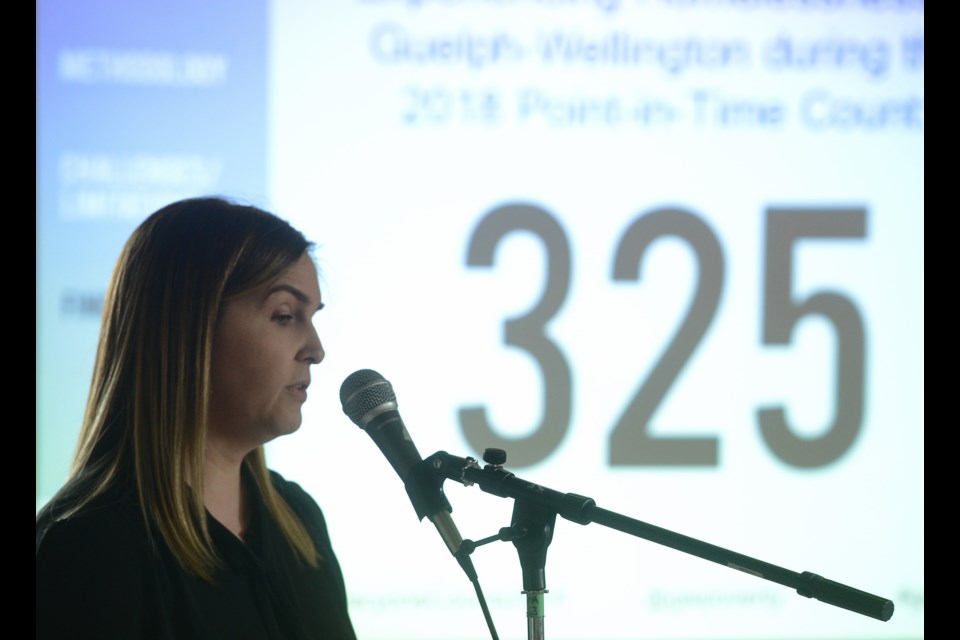A snapshot of Guelph and Wellington County’s homeless situation shows high rent as the biggest reason for being homeless.
The survey found that 264 people are homeless in the city and 61 in the county, up from the 295 total from 2016.
Sixty percent of those homeless listed “rents too high” as the reason, just ahead of “low income.”
Those were some of the key findings presented Thursday morning by the Guelph & Wellington Task Force for Poverty Elimination, who conducted the survey.
Roughly 70 people representing a variety of Guelph agencies and social services gathered at 10C Shared Space to hear the results.
“I really want to stress, the purpose is to create a snapshot of homelessness in our community at a specific period of time,” said Randalin Ellery, coordinator of the Guelph & Wellington Task Force for Poverty Elimination.
“This is one tool in our tool box for understanding homelessness in our community,” Ellery said.
The complete survey can be viewed here.
The survey is intended to be a look at a the area’s homeless situation as it existed during a two-day period at the end of April in Guelph and one-week period in the county.
It involved volunteers going out on the selected dates to capture a window of what the homeless situation is. They went to social service agencies, remote areas where homeless are known to speak, 90 Carden St., several shelters and numerous other locations where people took part in the survey.
The majority of those people male (61 percent), between the ages of 18 and 24 (28 percent) and spend their nights couch surfing (48 per cent).
The Point-in-Time Counts are being done across the province.
Marie Morrison, director of the national 20,000 Homes Campaign to end homelessness, said the Guelph-Wellington count was very detailed and organized.
"I can see how you're deepening what's going on with homelessness within your community," Morrison said.
Ellery admitted that there are challenges to doing the survey.
"It's not a perfect methodology," she said, with challenges ranging form some sub-groups less likely to take part in the survey to the weather the days the surveys are conducted.
Most (56 percent) of those identified as homeless locally were considered temporarily sheltered, including couch surfing, staying in a hotel or motel and in the public shelter system such as hospitals or jails. Twenty-three per cent were in emergency shelters and 14 percent were unsheltered, sleeping in public or private spaces without consent or unfit for human habitation.
The survey was broken down to get a more specific look at youth and indigenous homelessness.
Of the 93 youth experiencing homelessness, 75 per cent said they have an addiction issue.
Of the 41 Indigenous homeless, 61 per cent had addiction issues and 61 per cent had a mental health issue.
The biggest reason cited for homelessness (22 percent) was addiction or substance abuse and 47 per cent of those that were homeless said social assistance was their source of income.
